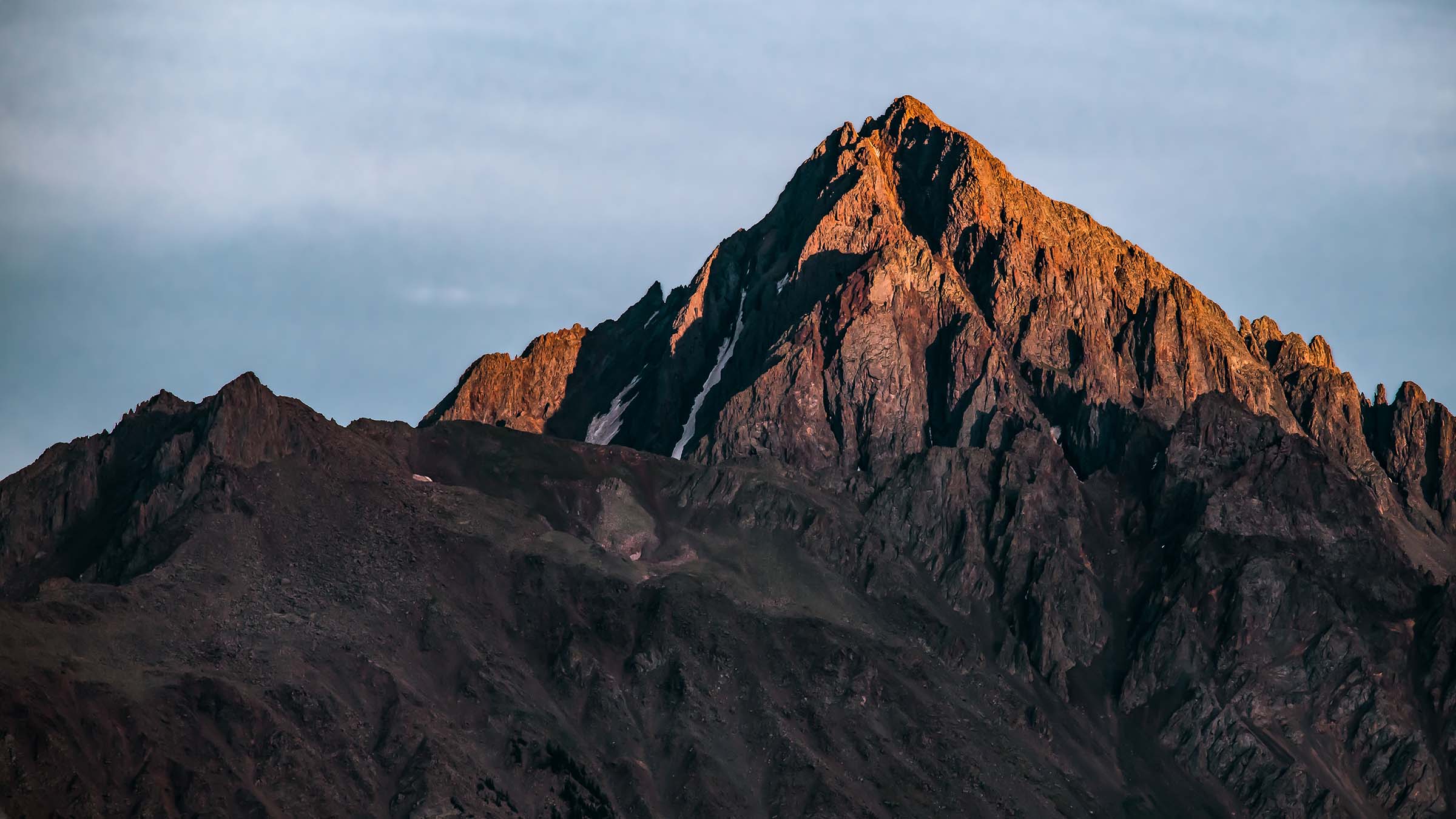How To Train for a Fourteener When You Live at Sea Level

Mt. Sneffels (Photo: Matt Dirksen via Getty)
You’re itching for a mountain vacation: Big climbs, bigger views, and the ineffable feeling of being on top of the world. The only problem: the nearest big peaks are a plane ride (or several) away. How can you make sure that you show up for your high-elevation trip ready to get high?
We asked Colorado Fourteeners Initiative Executive Director Lloyd Athearn for his advice. Athearn previously lived at 200 feet in Oregon and regularly climbed between 10,000 and 14,000 feet on the weekends.
How far in advance should you start training for a high elevation trip?
“The earlier the better,” Athearn says. The lower the altitude where you live, the harder it’s going to be for you to adjust to the thin air. But the better conditioned you are, the better your chances for a successful trip.
Hike with boots and a pack to simulate the experience you’ll have when you are actually on the mountain. This will also help you get used to your boots and other equipment, avoiding problems such as blisters.
Even at low elevation, find steep hills to hike up. Worst-case for you flat-landers, look for highway overpasses, skyscraper stairwells, stadiums, and other places you can practice gaining elevation. Mix in other activities that strengthen your legs, like running and swimming. (You may find a fitness plan geared towards the mountains, like this one, advantageous.)
What precautions should you take when you start hiking at elevation?
Make sure you stay hydrated. Also, start off slower than you would at low elevation. Pay attention to headaches, labored breathing, and generally not feeling well. If you feel awful, head back down. Also important: Use sunscreen, as the thinner atmosphere filters out fewer UV rays at high elevation.
Time is your friend here: You’re much more likely to suffer from altitude sickness if you’re freshly arrived in the mountains. If you have the wiggle room to build in a few days of acclimation time, do it. Spend that time gently getting used to the conditions at your destination with short walks and easy dayhikes. If possible, hit your high points during the day and return to lower elevations to sleep.
Originally published in 2015; last updated December 2021